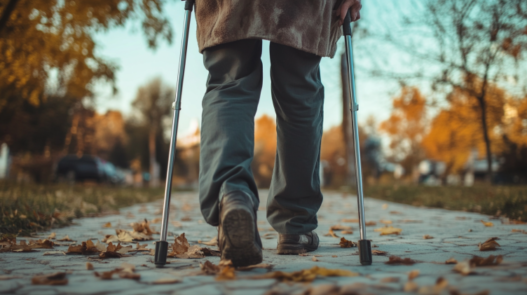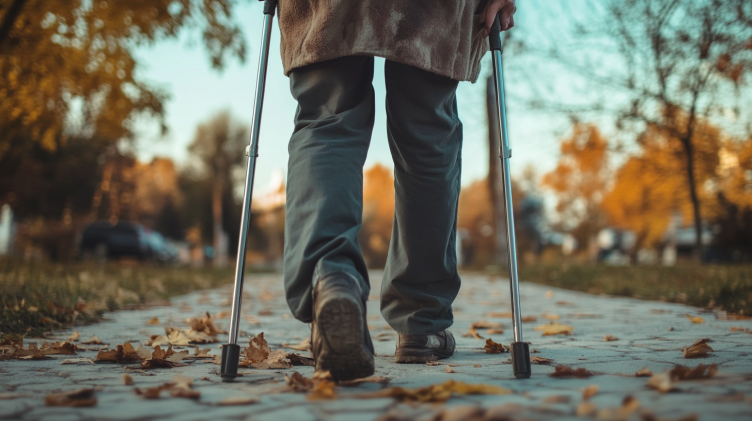In the hustle and bustle of daily life, have you ever felt fatigued or drained, especially when certain parts of your body feel “weak”? This could be your body sending out important signals about your health. Our legs and arms, which serve as the primary tools for daily activities, directly reflect our overall health. If they feel weak, it’s definitely worth paying attention.
Weak Legs: Possible Signs of Serious Health Issues
Parkinson’s Disease: A Possible Cause of Weak Legs
One of the most common diagnoses for patients who experience weakness in their legs is Parkinson’s disease. In clinical settings, fatigue is frequently reported by patients suffering from this condition. Unlike the regular fatigue caused by daily exertion, this fatigue persists even with rest, and its prevalence among Parkinson’s patients can be as high as 58%. This exhaustion is distinct from the kind of tiredness we experience after physical labor, as it can persist even when the individual is at rest. This type of fatigue may occur before other motor symptoms of Parkinson’s disease appear and significantly impacts quality of life. It is considered one of the most debilitating non-motor symptoms of Parkinson’s.

Arteriosclerosis: A Warning for Vascular Health
Do you feel numbness, weakness, or aching in your legs after walking for a while? The discomfort tends to improve after a brief rest but reappears once you continue walking. This condition is known as intermittent claudication and could be a sign of arteriosclerosis, a condition where arteries harden due to the accumulation of plaque. It’s important to consult a doctor if you experience such symptoms, as conditions like arteriosclerosis and hypertension-induced arterial stiffness could be to blame.
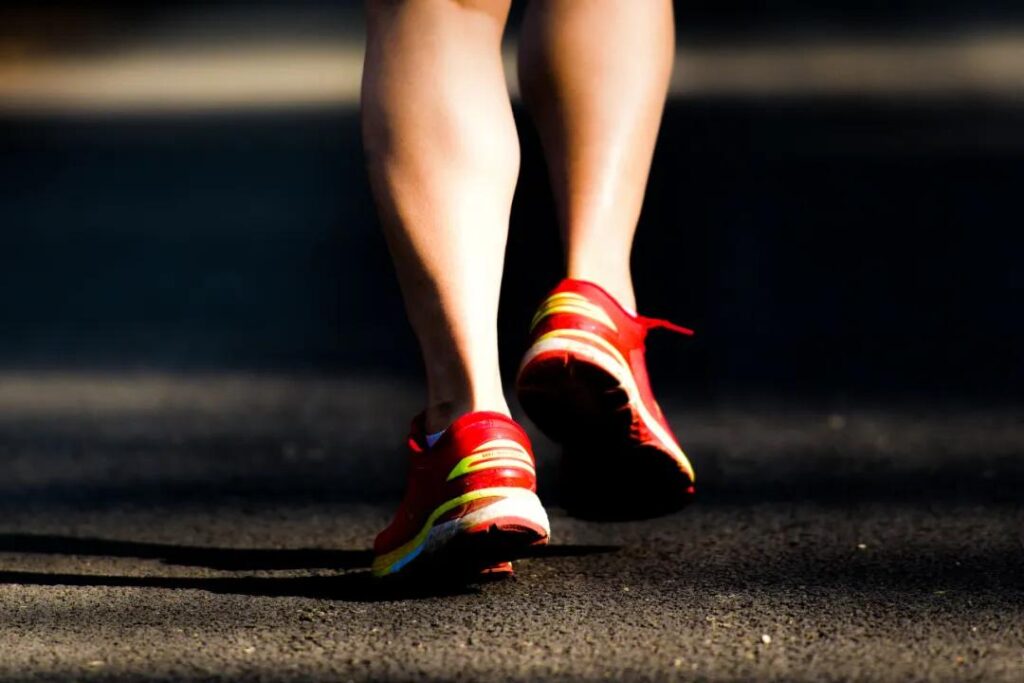
Sudden Weakness in Legs: Possible Stroke Warning
A sudden loss of strength in one leg, especially in elderly people, could be a warning sign of a stroke. If the leg becomes weak suddenly without pain, it could indicate a blood vessel problem, such as thrombosis or a hemorrhagic stroke. Elderly individuals should be especially vigilant for these signs and consult a healthcare professional immediately.
Spinal Cervical Disease: Weak Legs as a Symptom
Spinal cord cervical spondylosis, also known as cervical spondylosis, is another possible cause of weak legs. It is a severe condition that may not present with noticeable neck pain or stiffness, and it could be mistaken for general leg weakness or unsteadiness. The patient might even experience falls without clear cause. Early surgery can be an effective treatment for this condition, so it’s important to get it diagnosed early.
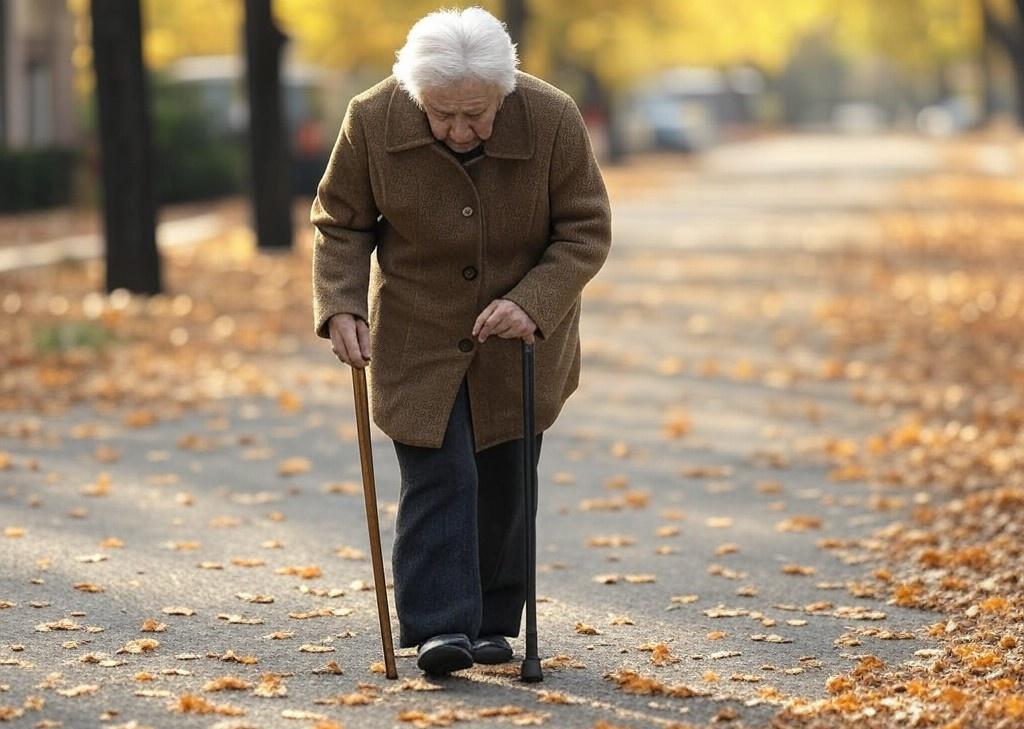
Osteoarthritis: Impacting Leg Strength
Another common condition in the elderly that can cause weakness in the legs is knee osteoarthritis. This condition often results from wear and tear of the cartilage in the knee joint, leading to pain, weakness, and reduced mobility, especially in the knee. Osteoarthritis can make it difficult to walk, climb stairs, or even sit for long periods. If left untreated, this can lead to further physical disability.
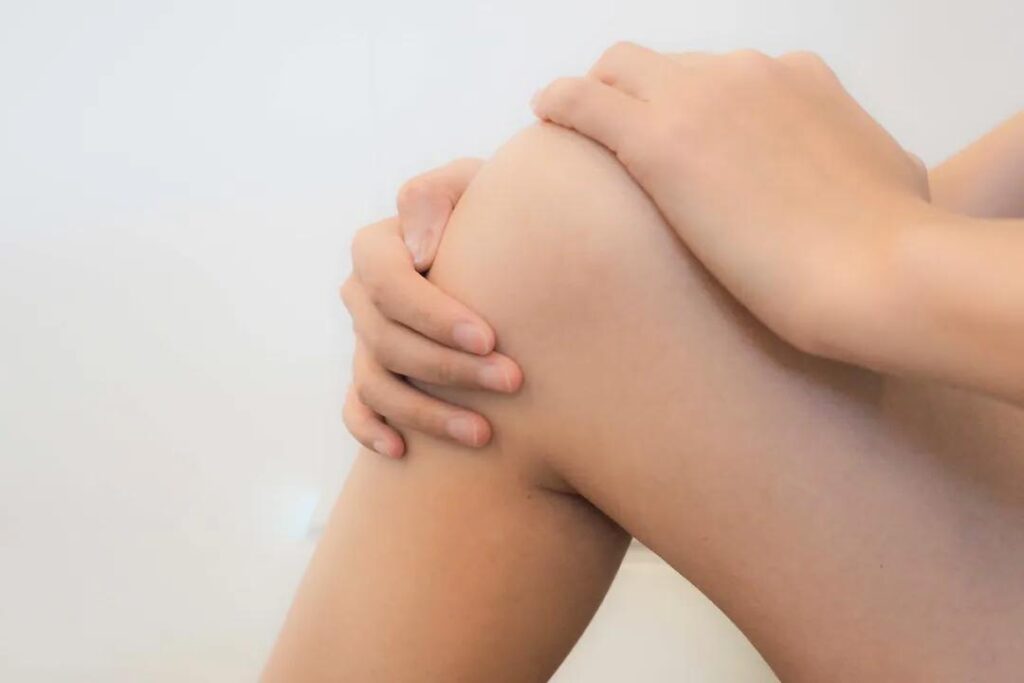
Weak Hands: When Your Hands Lack Strength, Watch for These Issues
Cardiovascular Diseases: Grasping the Bigger Picture
A key indicator of potential cardiovascular diseases is reduced grip strength. Research has shown that individuals with weaker hand strength are at a higher risk for cardiovascular problems and overall mortality, even when high blood pressure isn’t a factor. This makes grip strength a valuable predictor for heart health.

Respiratory Diseases: Weak Hands Could Be a Red Flag
In a study published in November 2024 in the journal Cachexia-Sarcopenia and Muscle, it was discovered that people with reduced hand strength and arm muscle mass are at a significantly higher risk for respiratory diseases. For instance, for every standard deviation decrease in grip strength, the probability of developing respiratory issues increases by 22%, and for arm muscle mass, the risk rises by 14%.

Research screenshots
Diabetes: A Relationship Between Weak Hands and High Risk
Studies suggest that stronger grip strength is linked with a lower risk of developing type 2 diabetes. Interestingly, simple tests like measuring hand strength can serve as an inexpensive and efficient way to screen for individuals at risk of developing diabetes.
Chronic Kidney Disease: Weak Hands Could Be a Warning
A weaker grip is also associated with a higher risk of chronic kidney disease. Research has found that individuals with weaker grip strength are more likely to suffer from chronic kidney disease, with men who have grip strength lower than 27 kg and women with less than 16 kg of grip strength facing a significantly increased risk of this disease.
Hypokalemia: Low Potassium Leading to Muscle Weakness
Potassium plays a critical role in muscle function, and a deficiency in this vital mineral can cause severe weakness in the arms and legs. Hypokalemia, or low potassium levels, can lead to a range of symptoms, including difficulty lifting the arms and legs, which may feel as if they are not functioning. Severe cases of hypokalemia can result in life-threatening issues like arrhythmias and even heart failure.
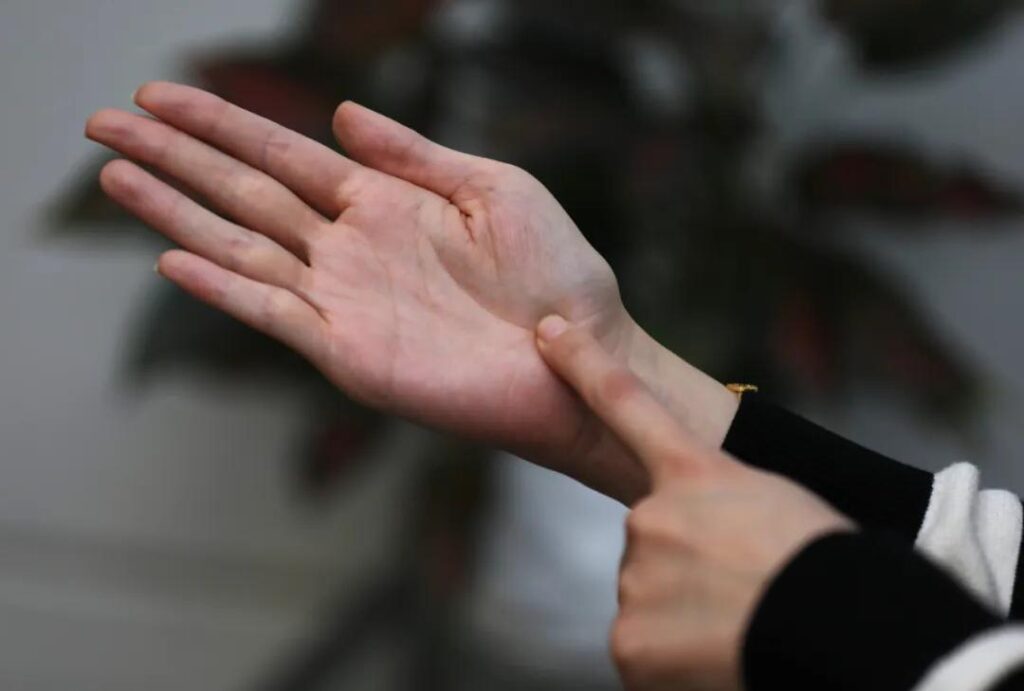
Boosting Leg and Hand Strength: 5 Tips to Keep Your Body in Shape
Experts recommend engaging in moderate physical activity to maintain good muscle and joint health. Here are five tips to keep your body strong:
1. Walk with Purpose
Aerobic exercises like brisk walking, dancing, or tai chi are excellent ways to boost circulation. Aim for at least 120–150 minutes per week. When walking, make sure to take long strides and swing your arms to improve metabolism.
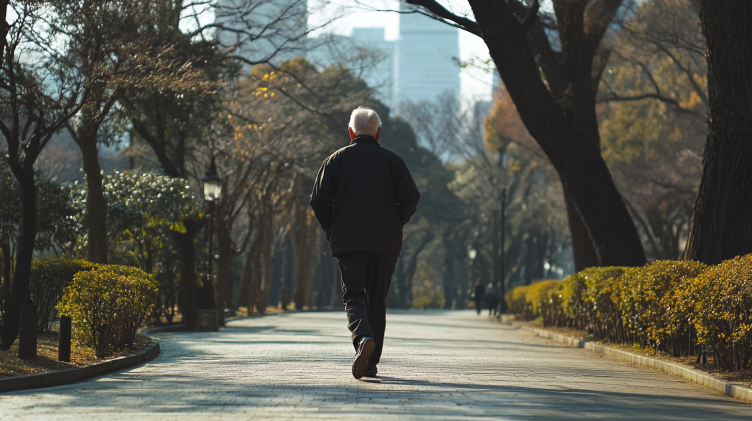
2. Try Twisting Towels to Strengthen Grip
Simple daily actions, such as wringing out a towel, can help increase hand strength. Hold each end of the towel and twist it repeatedly for 20–30 minutes a day. You can also use hand grips or dumbbells for added strength training, but be sure to start slowly.

3. Incorporate Household Chores
Daily household chores can serve as a practical way to exercise. Carrying groceries, climbing stairs, or cleaning can work your muscles and joints, especially in your upper body and core. Be mindful of your joint health while doing these activities.

4. Improve Balance with Fun Activities
After the age of 50, balance tends to decrease, which increases the risk of falls. Simple balance exercises like standing on one leg, walking on tiptoes, or practicing tai chi can improve your stability and help prevent falls.

5. Don’t Forget Calcium for Bone Health
Maintaining adequate calcium intake is essential for both bone and muscle health. According to the Chinese Dietary Guidelines (2022 Edition), adults should consume 300-500 grams of dairy products each day to help keep bones and muscles strong.





